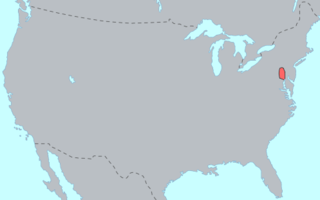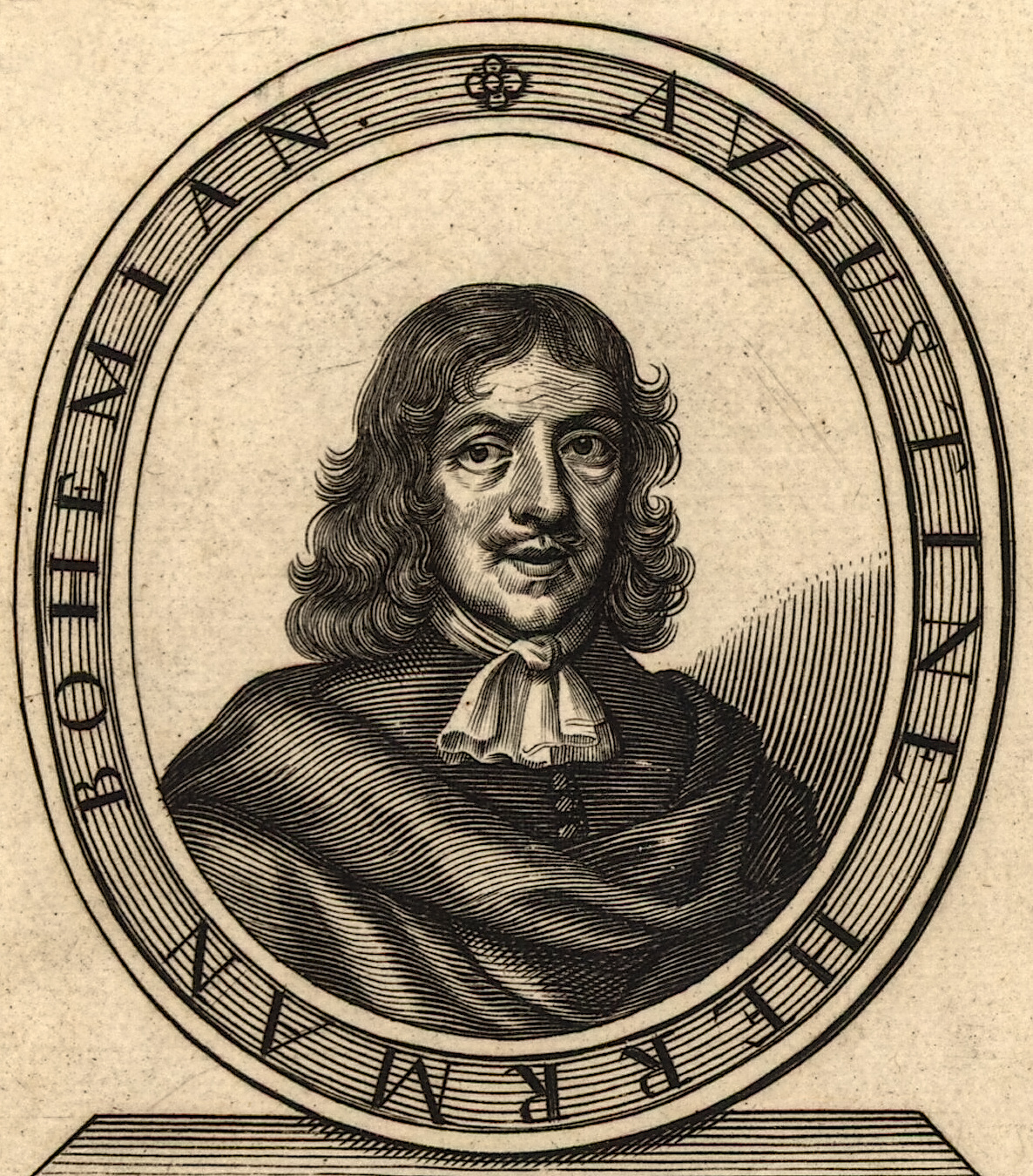Related Research Articles

Harford County is located in the U.S. state of Maryland. As of the 2020 census, the population was 260,924. Its county seat is Bel Air. Harford County is included in the Baltimore-Columbia-Towson, MD Metropolitan Statistical Area, which is also included in the Washington-Baltimore-Arlington, DC-MD-VA-WV-PA Combined Statistical Area.

Carroll County is located in the U.S. state of Maryland. As of the 2020 census, the population was 172,891. Its county seat is Westminster.

North Laurel is a census-designated place (CDP) in Howard County, Maryland, United States. The published population was 4,474 at the 2010 census. This population was substantially less than the CDP's population in 2000, and was the result of an error in defining the boundary prior to tabulation and publication of 2010 Census results. The corrected 2010 Census population is 20,259. North Laurel is adjacent to the City of Laurel, which is located across the Patuxent River in Prince George's County.

The Lenape, also called the Lenni Lenape and Delaware people, are an indigenous people of the Northeastern Woodlands, who live in the United States and Canada.

The Province of Maryland was an English and later British colony in North America that existed from 1632 until 1776, when it joined the other twelve of the Thirteen Colonies in rebellion against Great Britain and became the U.S. state of Maryland. Its first settlement and capital was St. Mary's City, in the southern end of St. Mary's County, which is a peninsula in the Chesapeake Bay and is also bordered by four tidal rivers.

The Susquehannock, also known as the Conestoga, Minquas, and Andaste, were an Iroquoian people who lived in the lower Susquehanna River watershed in what is now Pennsylvania. Their name means “people of the muddy river.”

The recorded history of Maryland dates back to the beginning of European exploration, starting with the Venetian John Cabot, who explored the coast of North America for the Kingdom of England in 1498. After European settlements had been made to the south and north, the colonial Province of Maryland was granted by King Charles I to Sir George Calvert (1579–1632), his former Secretary of State in 1632, for settlement beginning in March 1634. It was notable for having been established with religious freedom for Roman Catholics, since Calvert had publicly converted to that faith. Like other colonies and settlements of the Chesapeake Bay region, its economy was soon based on tobacco as a commodity crop, highly prized among the English, cultivated primarily by African slave labor, although many young people came from Britain sent as indentured servants or criminal prisoners in the early years.

The Piscataway Indian Nation, also called Piscatawa, is a state-recognized tribe in Maryland that is descended from the historic Piscataway people. At the time of European encounter, the Piscataway was one of the most populous and powerful Native polities of the Chesapeake Bay region, with a territory on the north side of the Potomac River. By the early seventeenth century, the Piscataway had come to exercise hegemony over other Algonquian-speaking Native American groups on the north bank of the river. The Piscataway nation declined dramatically before the nineteenth century, under the influence of colonization, infectious disease, and intertribal and colonial warfare.

The Piscataway or Piscatawa, are Native Americans. They spoke Algonquian Piscataway, a dialect of Nanticoke. One of their neighboring tribes, with whom they merged after a massive decline of population following two centuries of interactions with European settlers, called them the Conoy.

Susquehannock State Park is a Pennsylvania state park on 224 acres (91 ha) in Drumore Township, Lancaster County, Pennsylvania in the United States. The park is on a scenic plateau overlooking the Susquehanna River and Conowingo Reservoir. The park is named for the Susquehannock people, who lived in the area. Susquehannock State Park is located on small roads a few miles south of Pennsylvania Route 372 and west of Pennsylvania Route 272. The nearest city is Quarryville, Pennsylvania, about 12 miles (19 km) East.

Augustine Herman, First Lord of Bohemia Manor was a Bohemian explorer, merchant and cartographer who lived in New Amsterdam and Cecil County, Maryland. In the employment of Cecil Calvert, 2nd Baron Baltimore, he produced a remarkably accurate map of the Chesapeake Bay and Delaware Bay regions of North America, in exchange for which he was permitted to establish an enormous plantation that he named Bohemia Manor in what is now southeastern Cecil County, Maryland.

The Yaocomico, also spelled Yaocomaco, were an Algonquian-speaking Native American group who lived along the north bank of the Potomac River near its confluence with the Chesapeake Bay in the 17th century. They were related to the Piscataway, the dominant nation north of the Potomac.
Richard Bennett was an English planter and Governor of the Colony of Virginia, serving 1652–1655. He had first come to the colony in 1629 to represent his uncle Edward Bennett's business interests, managing his plantation known as Bennett's Welcome in Warrascoyack.

There have been a variety of ethnic groups in Baltimore, Maryland and its surrounding area for 12,000 years. Prior to European colonization, various Native American nations have lived in the Baltimore area for nearly 3 millennia, with the earliest known Native inhabitants dating to the 10th millennium BCE. Following Baltimore's foundation as a subdivision of the Province of Maryland by British colonial authorities in 1661, the city became home to numerous European settlers and immigrants and their African slaves. Since the first English settlers arrived, substantial immigration from all over Europe, the presence of a deeply rooted community of free black people that was the largest in the pre-Civil War United States, out-migration of African-Americans from the Deep South, out-migration of White Southerners from Appalachia, out-migration of Native Americans from the Southeast such as the Lumbee and the Cherokee, and new waves of more recent immigrants from Latin America, the Caribbean, Asia and Africa have added layers of complexity to the workforce and culture of Baltimore, as well as the religious and ethnic fabric of the city. Baltimore's culture has been described as "the blending of Southern culture and [African-American] migration, Northern industry, and the influx of European immigrants—first mixing at the port and its neighborhoods...Baltimore’s character, it’s uniqueness, the dialect, all of it, is a kind of amalgamation of these very different things coming together—with a little Appalachia thrown in...It’s all threaded through these neighborhoods", according to the American studies academic Mary Rizzo.
Col. William Travers was a lawyer, early settler and politician of Colonial Virginia.

The history of Native Americans in Baltimore and what is now Baltimore dates back at least 12,000 years. As of 2014, Baltimore is home to a small Native American population, centered in East Baltimore. The majority of Native Americans now living in Baltimore belong to the Lumbee, Piscataway, and Cherokee tribes. The Piscataway people live in Southern Maryland and are recognized by the state of Maryland. The Lumbee and Cherokee are Indigenous to North Carolina and neighboring states of the Southeastern United States. Many of the Lumbee and Cherokee migrated to Baltimore during the mid-20th century along with other migrants from the Southern United States, such as African-Americans and white Appalachians. The Lumbee are state recognized in North Carolina as the Lumbee Tribe of North Carolina, but have no state recognition in Maryland. The Eastern Band of Cherokee Indians in North Carolina are a federally recognized tribe. There are three state recognized tribes in Maryland; the Piscataway-Conoy Tribe of Maryland, the Piscataway Indian Nation and Tayac Territory, and the Accohannock Indian Tribe. Maryland has no federally recognized tribes.

The history of White Americans in Baltimore dates back to the 17th century when the first white European colonists came to what is now Maryland and established the Province of Maryland on what was then Native American land. White Americans in Baltimore are Baltimoreans "having origins in any of the original peoples of Europe, the Middle East or North Africa." Majority white for most of its history, Baltimore no longer had a white majority by the 1970s. As of the 2010 census, white Americans are a minority population of Baltimore at 29.6% of the population. White Americans have played a substantial impact on the culture, dialect, ethnic heritage, history, politics, and music of the city. Since the earliest English settlers arrived on the shores of the Chesapeake Bay, Baltimore's white population has been sustained by substantial immigration from all over Europe, particularly Central Europe, Eastern Europe, and Southern Europe, as well as a large out-migration of White Southerners from Appalachia. Numerous white immigrants from Europe and the European diaspora have immigrated to Baltimore from the United Kingdom, Germany, Ireland, Poland, Italy, the Czech Republic, Slovakia, Lithuania, Russia, Ukraine, Spain, France, Canada, and other countries, particularly during the late 19th century and early 20th century. Smaller numbers of white people have immigrated from Latin America, the Caribbean, the Middle East, North Africa, and other non-European regions. Baltimore also has a prominent population of white Jews of European descent, mostly with roots in Central and Eastern Europe. There is a smaller population of white Middle Easterners and white North Africans, most of whom are Arab, Persian, Israeli, or Turkish. The distribution of White Americans in Central and Southeast Baltimore is sometimes called "The White L", while the distribution of African Americans in East and West Baltimore is called "The Black Butterfly."

The land that is now the State of Maryland in the United States of America was widely populated by indigenous peoples prior to European arrival, however only 2% of the state's population self-reported as being some part Native American in the 2020 US census. Native Americans have inhabited the area since c. 10,000 BC, with Capt. John Smith surveying and making contact with groups in the Chesapeake Bay in the early 1600s. European settlers first began to inhabit Maryland in 1634, but as the century progressed, violence and hostility between Native Americans and European settlers increased. Various treaties and reservations were established in 1600s and 1700s, but many Native peoples left the area in the mid-to-late 18th century. Today, there are Native American populations around the state, including a sizable Lumbee population in Baltimore.
The 1666 Articles of Peace and Amity was a treaty signed on 20 April 1666 between the English colony of Maryland and 12 Eastern Algonquian-speaking indigenous nations, including the Piscataway, Anacostanck, Doegs, Mikikiwomans, Manasquesend, Mattawoman, Chingwawateick, Hangemaick, Portobackes, Sacayo, Panyayo, and Choptico. The treaty established the right of Native peoples to remain on their lands and preserved their inviolable right to continue fishing, crabbing, hunting, and fowling. The treaty also stated that "If an Indian kill an Englishman he shall dye for itt"; however execution is only prescribed for English colonists if an "English man shall kill any Indian that shall come vnpaynted". The treaty forbade Native peoples from entering any colonial settlements while being "painted", stating that "the English cannot easily distinguish one Indian from another." If a Native person and a colonist met accidentally in the forest, the "Indian shall be bound immediately to throwe downe his Armes vpon call, and in case any Indian soe meeting an English man shall refuse to throwe downe his armes vpon Call he shall be deemed as an Enemy."
References
- ↑ "PEOPLE, TRIBES, & BANDS". Maryland State Archives . Retrieved 2021-11-04.
- ↑ "On the Susquehannocks: Natives having used Baltimore County as hunting grounds". Historical Society of Baltimore County. 31 May 2012. Retrieved 2021-11-04.
- ↑ "A 1652 treaty opens up the story of the first "Baltimoreans"". Baltimore Brew . Retrieved 2021-11-04.